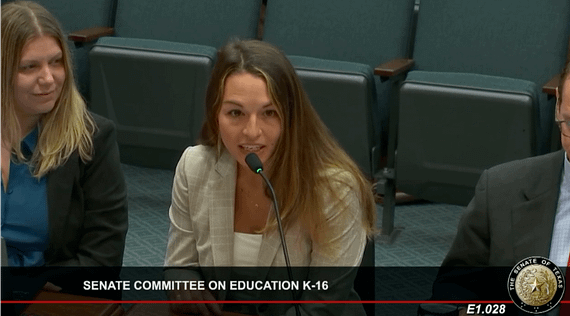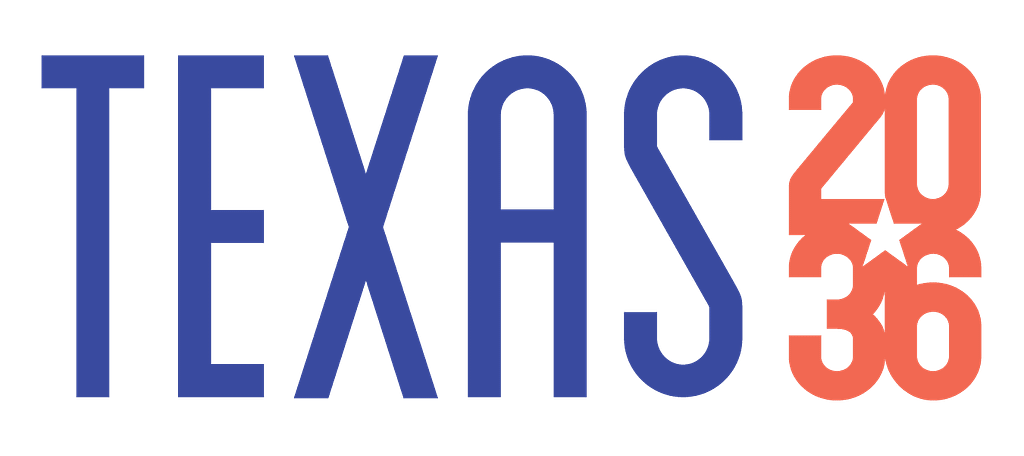This is a preview of our Texas 2036 newsletter with what you need to know about the state’s efforts on STAAR reform. To receive this weekly look at our work, sign up here.
STAAR Reform: A big step forward on student testing

As Texas lawmakers debate what comes after the STAAR test, one thing is clear: the new system must do more than shorten the test.
It must provide faster results, give real support to instruction and continue to measure student learning based on Texas’ academic standards.
No test captures everything. But a system that tracks progress throughout the year and gives teachers and families real-time, valid and reliable insights can help every student stay on the path to success.
This week, we unpack what’s next in STAAR reform and why every Texan should be paying close attention.
What would replace STAAR?

Lawmakers in both chambers have proposed replacing STAAR with a new system of three assessments, given throughout the school year:
- Beginning of Year: An initial, brief benchmark assessment
- Middle of Year: A mid-year progress check
- End of Year: A final end-of-year summative test
The lengths of the test depends on the grade level of the students being assessed. This new model shifts assessments from a once-a-year event to a series of state-funded tests that can measure how each student’s learning progresses throughout the year.
The beginning- and middle-of-year tests would be adaptive, giving teachers real-time data to adjust instruction, close learning gaps and personalize support for students. This bill also stands to offer major financial savings to local schools that currently cover the cost of these tests.
The end-of-year test would still measure students against Texas’ clear academic standards, but results would be available within 48 hours of students taking it, before summer break, so parents can take action quickly if their child needs help.
⏰ Reduction in total testing time
Estimates shared in this week’s Senate Education K-16 Committee suggest that limiting certain local assessments and introducing short, tailored through-year tests could reduce total testing time by an average of 22.5 hours per student per year.
These changes would also provide teachers and parents with more actionable information and allow for more time dedicated to classroom instruction.
How STAAR reform moves forward

Two identical bills – one in each chamber – are driving the effort to replace STAAR:
- Senate Bill 8 by state Sen. Paul Bettencourt, R-Houston, passed out of committee this week with unanimous support (8-0 vote).
- House Bill 8 by state Rep. Brad Buckley, R-Salado, is still awaiting referral to committee.
Both bills reflect a shared commitment from legislative leaders to replace STAAR with more effective, student-focused assessments.
📅 Quick reminder: The clock is ticking on reform efforts. The current special session is scheduled to run until Aug. 19.
🤔 Did you know? Under the new bill, every end-of-year test question must be reviewed and approved by up to 40 Texas classroom teachers before it can appear on the assessment.
This ensures the new tests reflect what’s actually being taught in Texas classrooms, and that teachers have a voice in what students are expected to know.
What’s really at stake?

Kate Greer for Texas 2036 testified in favor of SB 8 before the Senate Education K-16 Committee on Aug. 6, 2025.
This debate is no longer about whether to keep the STAAR test. That question has been answered. The focus now is on the purpose of student testing in Texas.
As Senator Bettencourt says, what gets measured gets fixed.
Assessments must measure how well each student is mastering clear academic standards. That is the only way to ensure every student has a fair chance to meet expectations and be ready for life after graduation.
“SB 8 ensures we keep using data for good: to target interventions, scale what works and ensure every student gets the best shot at success.” — Kate Greer for Texas 2036
Coming Soon: 2024 and 2025 school ratings

The news: In mid-August, the Texas Education Agency will release accountability ratings for both the 2024 and 2025 school years.
Why it matters: Texas spends $85 billion a year on public education. These ratings help show how well schools are preparing students for success after high school whether in college, a career or military service.
The holdup: A lawsuit from several school districts delayed last year’s release. Now, both years will be published at once.
What’s next: Once available, Texas 2036’s education policy team will break down the data and share what it means for student outcomes across the state.
Why care about tests? It’s about our future.

If students cannot read or do math, nothing else matters. We need assessments that show what students know and where they need support.
Texas will have nearly 1.7 million job openings each year through 2031. Almost 1 million will require education beyond high school.
That means Texas students need more than just a diploma. They need a strong foundation in reading, math and critical thinking, along with clear pathways to high-wage and high-demand careers.
Texas 2036 is working to close these gaps by promoting smart, data-driven policies that connect classrooms to careers. Because every student deserves a real shot at success. And every Texan deserves to know whether our schools are delivering.
📣 Stay engaged. Speak up.
Decisions made on what could take the STAAR’s place will shape the future of Texas education. Every parent, educator and policymaker should keep a close watch — and demand a system that works for Texas.
Let’s make the right choice for our kids, our schools and our state.
